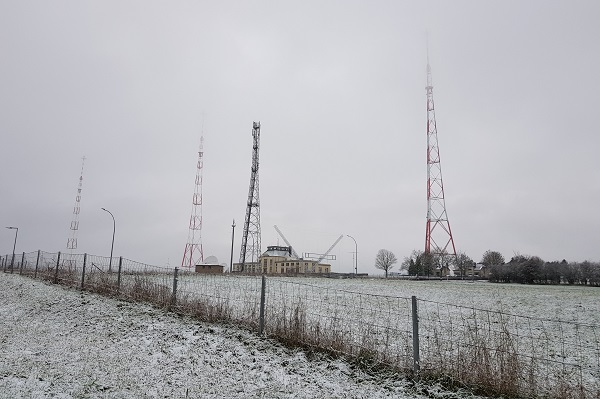 Credit: Chronicle.lu
Credit: Chronicle.lu
As part of a local history series in collaboration with local author and tour guide David Heal (Luxembourg Battles), this article looks at the local history of Junglinster.
Based on David Heal's extensive research spanning several decades (and documented in the form of place-name index cards), the series aims to present interesting local historical events and facts linked to places in (and around) Luxembourg.
Junglinster: first of all the name. As one may know, there are four "linster" in the area - Jung-, Bourg-, Alt- and Grau-.
According to David, "Jung" is not from the Germanic for "young", but the Celtic "Iung" meaning strong or important. So, this was the chief place of the area. "Bourg" is where the castle is, "Alt" is the oldest and "Grau" is the place under the cliffs and in the shade. "Lin" and "ster" are two Celtic words meaning a slow-moving stream with lots of pools of water. And that is something which applies to the entire valley running up towards Larochette.
Junglinster itself lost out on a big future in the 19th century, noted David. There was a plan to build a steelworks in the valley towards Altlinster from Soup. There was a plan to build a railway from Larochette to Junglinster to serve it. The works never happened, so the railway was never completed. It ended at Larochette. At Junglinster, there used to be a large unused area in the centre. It was built on just a few years ago – the area behind the bus station from the main road. This was going to be the railway sidings to transfer steel and timber from the Mullerthal to the trains going to Luxembourg city and Echternach.
The Luxembourg-Echternach railway is now a cycle track but with diversions due to the tunnel under the RTL masts having fallen in and various modern building works.
Today, the village is dominated by the aerials of RTL. To kill a myth, they never transmitted to Britain from here. The aerial for that was at Marnach (now gone). Legend (maybe truth) has it that after the Nazi invasion, the French engineers here were fired, and German brought in. Then the French had to be brought back as all the instructions, notices and the rest of all the equipment was in French. It was important because even by 1939, RTL was the biggest radio station in Europe.
There is a war memorial near the church commemorating the people shot after the assassination of the local Nazi chief.








